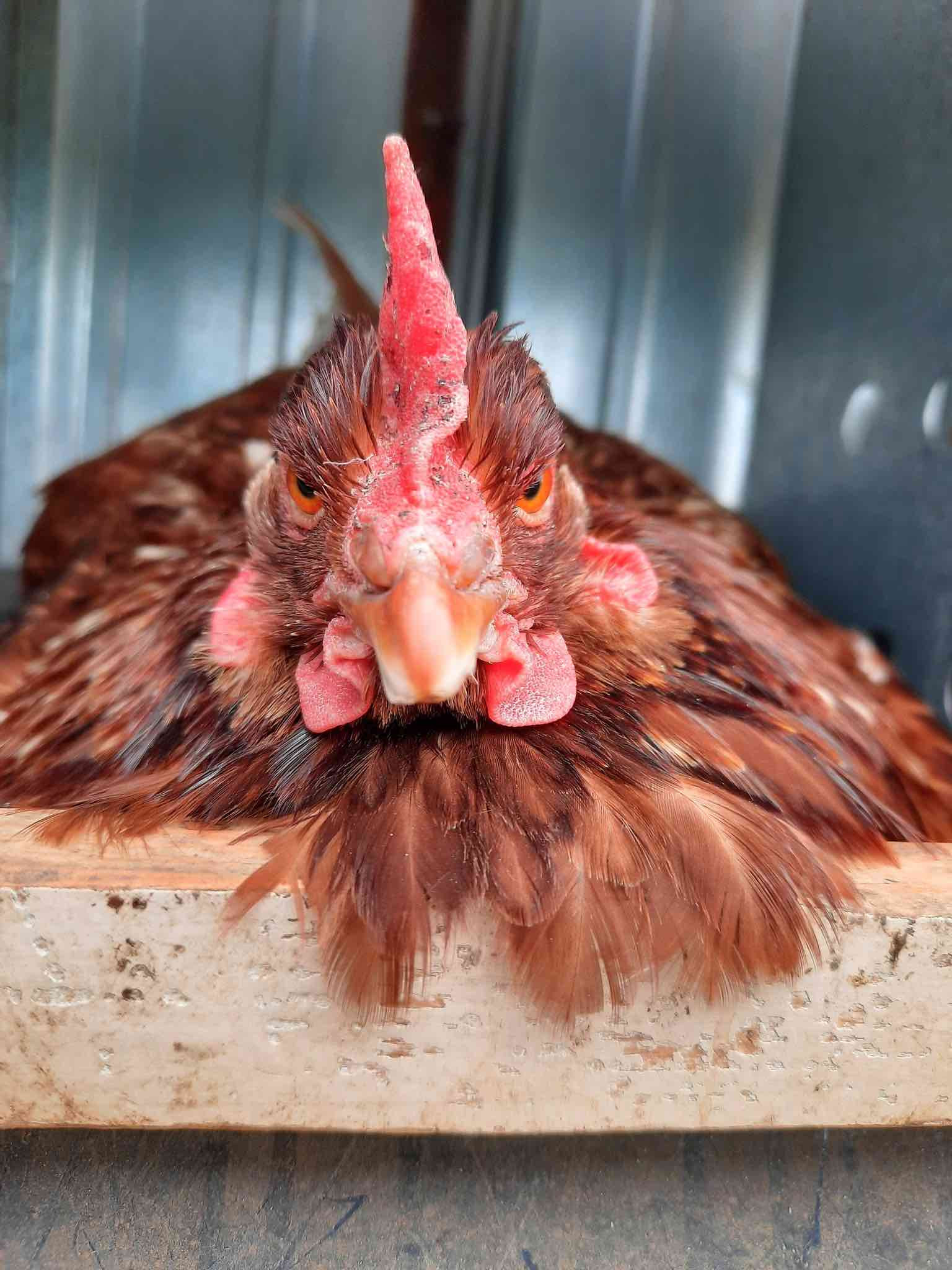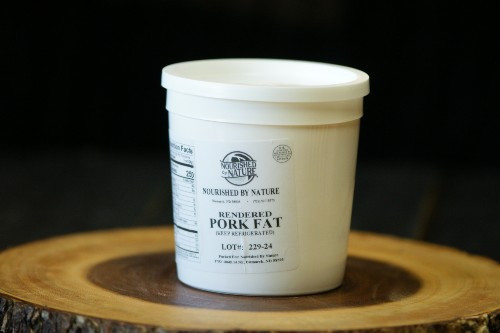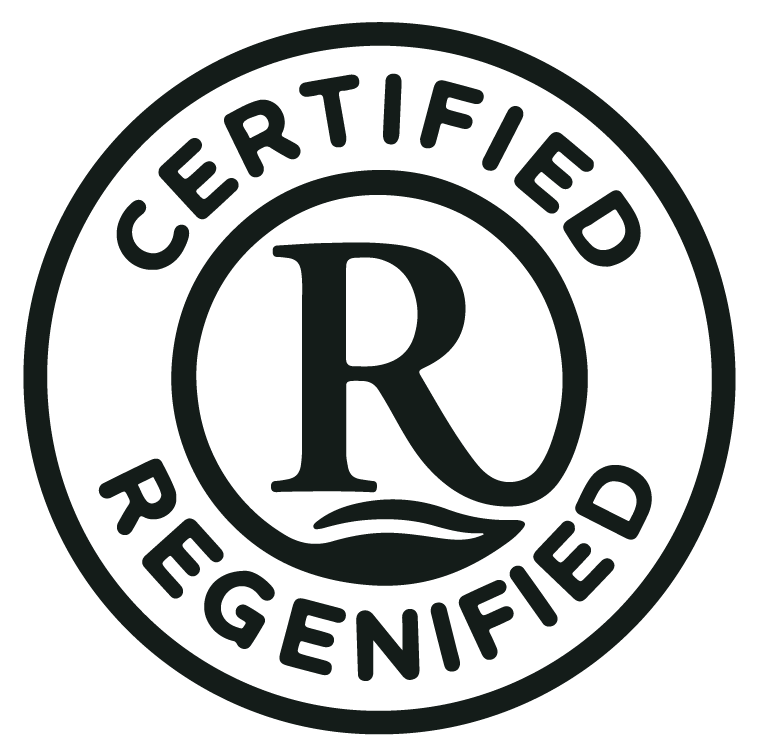Can we Compete with the Big Players?
posted on
March 22, 2024
Picking up where we left off last time, we promised to share about the vertical integration (control over all parts of the supply chain) that the Big 4 have and how their economies of scale make a difference in their bottom line and the pricing they are able to offer at the grocery store.
One of the many ways that the large processing plants have a massive advantage over the smaller establishments is their ability to utilize the entire animal. The combination of superior machines and technology as well as contracts with other manufacturers allows them to value add to many parts of the animal that would otherwise get thrown out. These other parts are referred to as the "drop" in industry terms.
This is the unfortunate reality with many of the small to medium-sized butcher shops and it is not only an economic disadvantage, but is also disheartening to know that so much of the animal gets wasted. Items such as the hide, trachea, lungs, various bones, ears, blood, etc. are thrown out simply because these plants do not have contracts with businesses that further add value to these animal parts. Low volumes and vicinity to these other businesses are the main reasons that smaller plants cannot capture the value on these things.
A good example of this conundrum took place when I was on the board for Bowdon Meat Processing. When we first opened the plant in 2013, a place out of Jamestown (72 miles away) would come and pick up the "drop" for free in exchange for the hides of the animals. This business was able to capture enough value from the hides to make it worth the trip and dispose of the drop. This went on for 4 or 5 years until the price for hides dropped so much that the company couldn't afford to make the trip any longer.
This left Bowdon Meat Processing hanging with no outlet for the hides and the other drop. So, we looked into composting options first, but the regulations and city laws were not conducive for it. Ultimately, we ended up having to haul the "waste" 120 miles round trip each week to a landfill that could legally dispose of it. Therefore, the cost of this disposal had to be passed on to the customers getting their animals processed there at a rate of $25 per head. What is an asset and money generator for the big plants, is a liability and significant cost to the smaller plants.
The "by-products" of the drop are valuable to many different industries including pet food companies, cosmetic manufacturers, candy makers and the medical sector to name a few.
Taking a look at the drop value of a 1400# steer on March 15th, the USDA report showed a value of $165.20. Comparing that to what we are able to keep & sell by having beef processed at a small plant gives us a value of $70.14 for the same animal equivalent. That is $95.06 more per animal that the big 4 are able to capture as compared to those of us direct-marketing our own beef on a much smaller scale.
At about $100/head premium for the drop that they are able to monetize, those of us that cannot market all of those drop products have to make up that price in what is charged for the edible red meat. This is part of the reason why you can find $4/# ground beef at places like WalMart & Costco.
In future blog posts, we'll continue expanding on the implications of economies of scale and how it makes it difficult for the small players to compete.






